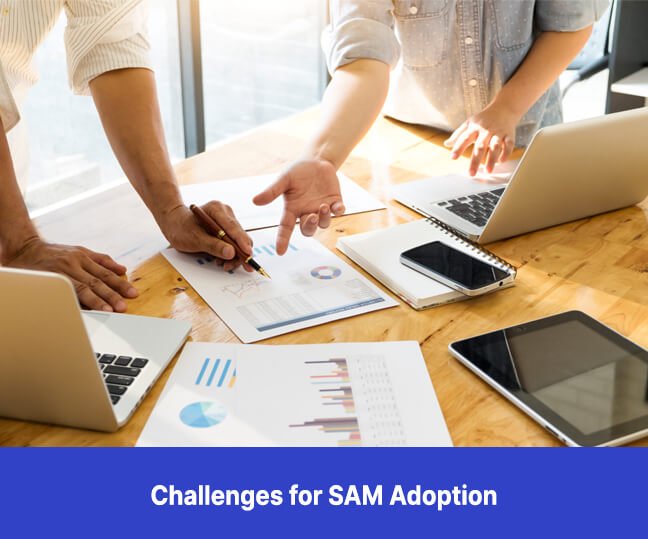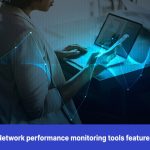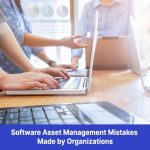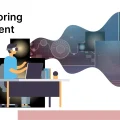SAM (Software Asset Management) adoption is not a walk in the park. Organizations face many hurdles along the way. Being an important aspect of the company’s cost-optimization and revenue-generation strategy, SAM has come a long way from just being a means to manage software licenses. SAM traditionally was all about counting the number of licenses and software entitlements. But currently, because of hybrid licensing, data center licensing, and cloud licensing, SAM has become complex.
Organizations are therefore relying on managed SAM services. They fully understand that there is no silver bullet approach for Software Asset Management. There is also no full-fledged tool that can do full justice to the complexity that SAM presents. A tool can only be used in various ways to automate repetitive tasks, store data, transfer, encrypt, decrypt, and notify. A tool cannot theorize and conceptualize a complex SAM strategy, which a managed SAM services project team can.
Why are management folks confused about Software Asset Management?
The significance of SAM and software asset management tools for modern business cannot be denied. Organizations that previously ignored SAM are becoming more aware of it. This is partly because of intensified software license audit processes by various software publishers and vendors. It is also because of the increasing number of independent software license audit firms and managed services firms related to SAM.
Software Asset Management has always been a source of confusion for middle and senior management professionals. There is a lack of consensus on how to implement an effective SAM model. Even those who understand the importance of SAM are reluctant to invest in it. They are unable to strategize on measures that determine the effectiveness of SAM. The reasons for this confusion are because of the fundamental problems in SAM:
- Software is expensive, and maintaining it as an asset or recognizing it as one, requires an accurate measurement framework.
- Software is intangible. Its value can be determined in a myriad of ways. Determining the complexity of software is context-driven. For example, the number of lines of code software has is not really a measure to determine its complexity.
- Software licensing terms are ambiguous.
- The rate of change of software licensing terms, upgrades to software, and editions could be frequent and may require organizational-specific management.

What are the general challenges in implementing SAM?
- Challenges related to hardware inventory
The number of devices an organization uses could be humongous. Especially a large enterprise organization. Tracking data center servers, cloud devices, smartphones, tablets, mobile devices, laptops, desktops, and several other devices could become complex. Adding to the complexity is that all of these devices would be running various versions of software. So, getting an accurate inventory because of the multiplicity of devices, and the software installed on them, is a challenge.
- Issues related to software license entitlement
It’s not that an organization only uses software from large vendors. Organizations could use software from smaller and mid-sized vendors too. Vendors have their ways of software licensing based on a variety of factors. One is their business model. Second are their revenue churn procedures. Third are the government regulations from their country of operation. And the list simply goes on.
Vendors allocate entitlements to their customers based on how they leverage the software. So, the licensing terms could vary based on the environments the software is used. Organizations might miss these subtleties in usage, and end up being non-compliant.
- Organizational challenges
Organizations do not understand how to measure the effectiveness of Software Asset Management. They often do it on their own, to further aggravate matters. The ones who outsource this activity to a managed services firm are able to fully realize their SAM investments. Such companies are able to scale their technological landscape, stay innovative, and be nimble without being affected by organizational size.
Related blog: 19 Best Software Asset Management Tools in 2023: SAM Tools and Solutions
Conclusion
Implementing SAM the right way requires organizations to work with the right Software Asset Management implementation partner. It’s not the trend for any organization to have its in-house team. It is because SAM in itself is a vast area to be managed. And organizations are better off outsourcing this activity to an able partner.






















